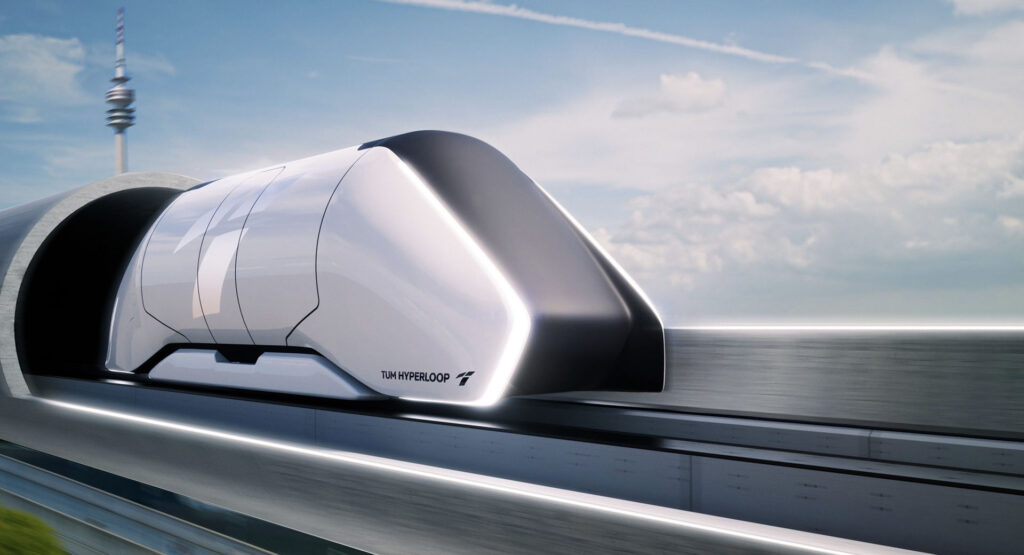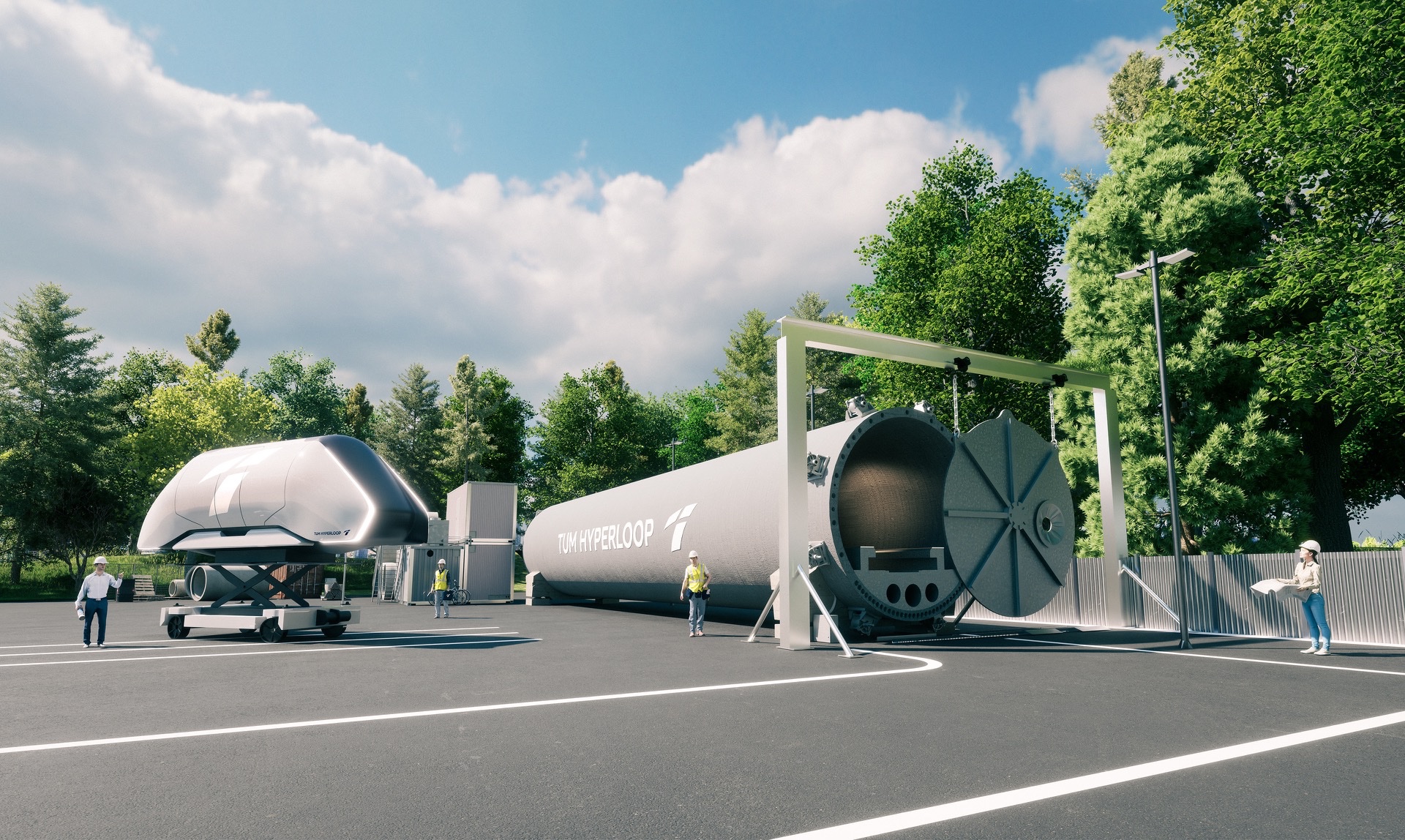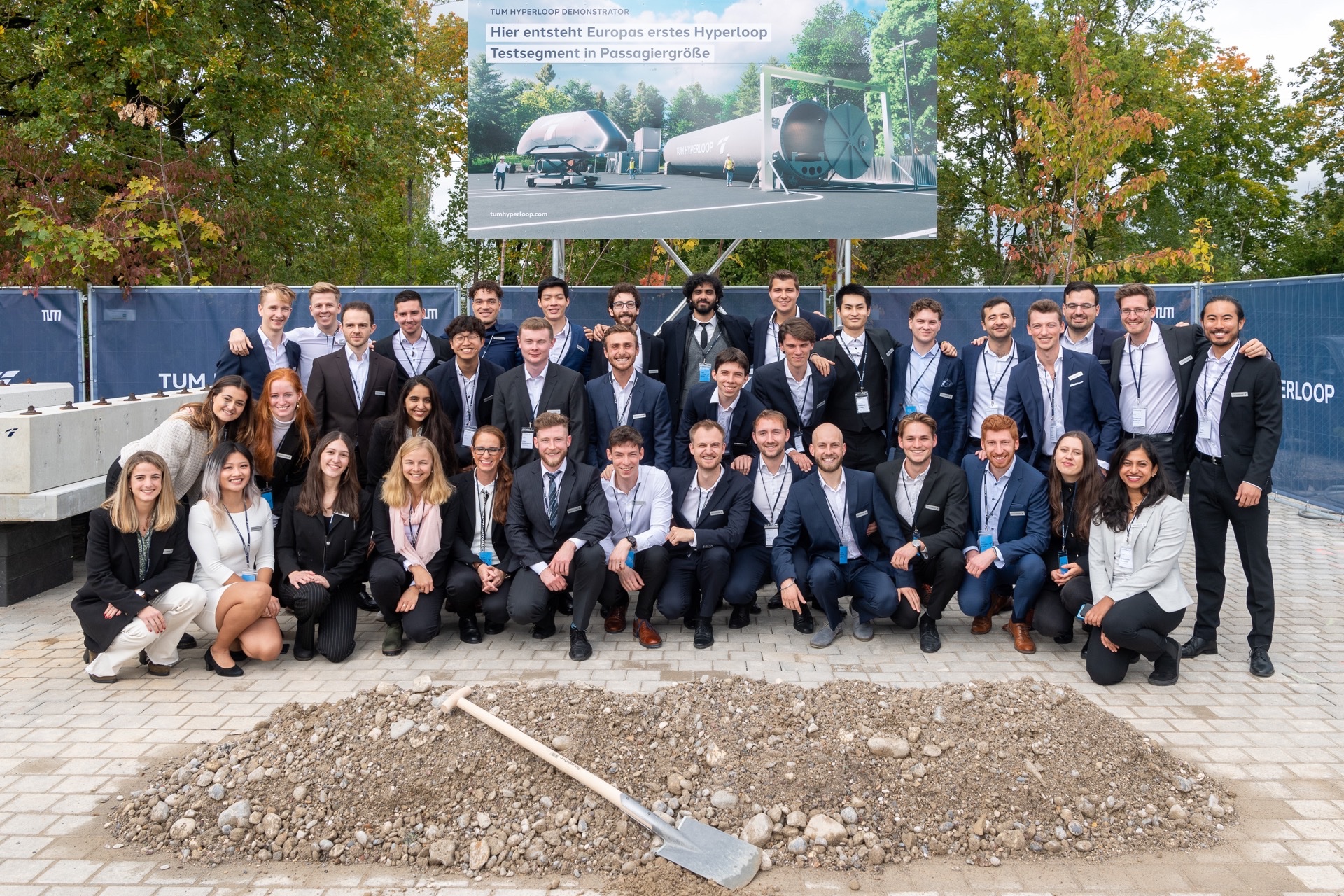Imagine being able to travel from Los Angeles to San Francisco in 35 minutes or from Paris to Amsterdam in 30? Now imagine being able to do this without having to get into a plane. Well, that is exactly what the Hyperloop concept promises, aiming to become a whole new frontier in land-based transportation.
The idea was first mooted by Elon Musk in 2013, taking inspiration from a concept from 1799 called the “Vactrain.” Since it was first proposed, the idea has attracted a lot of attention, talent, and development, and as of today, several different groups are working on making it a reality.
At the forefront of current development is the Hyperloop program of the Technical University of Munich (TUM) in Germany, which has been working on the project since 2015.
As reported in auto-medienportal, they have managed to come first in all four of the Hyperloop Pod Competitions organized by Musk’s Space X and currently hold the speed record at 299.5 mph (482 km/h0. Based on these successes, the TUM Hyperloop Program was founded in 2020 and, in the past two years, has progressed rapidly from models to full-size testing, culminating in the construction of Europe’s first full-sized demonstration segment, which commenced on September 30.
This 24-meter-long segment will consist of an ultra-high strength concrete tube, and a test pod equipped with maglev technology. This facility is intended to test the technologies involved at full scale and investigate the viability of the concept for commercial passenger transport.
The Hyperloop, in simple terms, consists of a passenger capsule (or pod) that moves within a sealed tube, from which all the air has been extracted via powerful vacuum pumps. This is meant to eliminate air resistance and allow very high speeds to be achieved without requiring massive energy use. Along with air resistance, it aims to also eliminate rolling resistance by using contactless magnetic levitation (maglev) technology.
The goal is for Hyperloop tubes to spread out across a country (and eventually between countries and across oceans as well), connecting population centers much like a railway but with much faster and more comfortable travel.
See Also: HyperloopTT Gains Investor After Risk And Safety Assessment
“TUM Hyperloop’s objective is to develop the technology that will make the sustainable high-speed transportation of the future a reality,” said Gabriele Semino, TUM Hyperloop project manager. “We’re integrating all the key systems in the demonstrator. This makes it possible to investigate the technical feasibility of the Hyperloop concept as a whole. The full-scale realization and the realistic passenger cabin mean that in the last step the system can be certified and thus used for actual passenger transportation,” Semino continued.
The project has the full support of the state government of Bavaria, the state where the university and the project are located, under its “Hightech Agenda Bavaria.” Speaking at the groundbreaking ceremony, Bavarian Minister of Science and the Arts Markus Blume called the project: “A groundbreaking step towards the mobility of the future!”
Although the Hyperloop concept still has a (very) long way to go and many hurdles to overcome before it starts carrying passengers, we can’t help but agree that it really does seem like something from science fiction has been brought alive by the sheer will of talented people.






